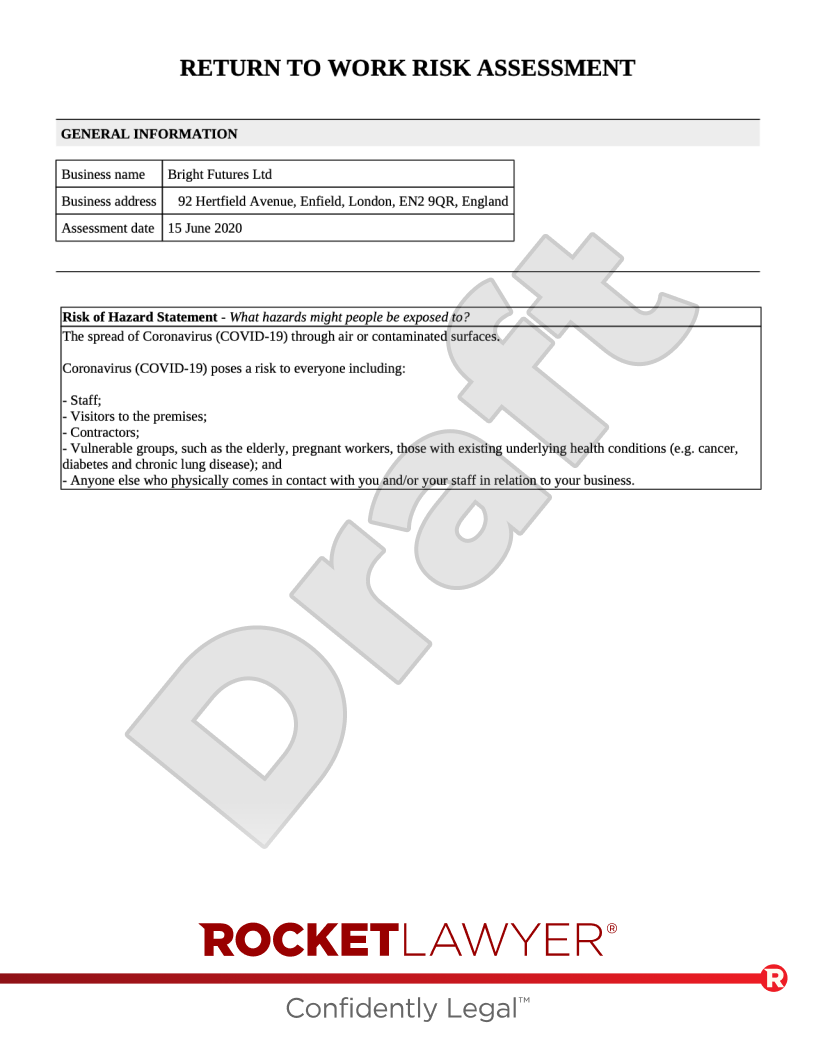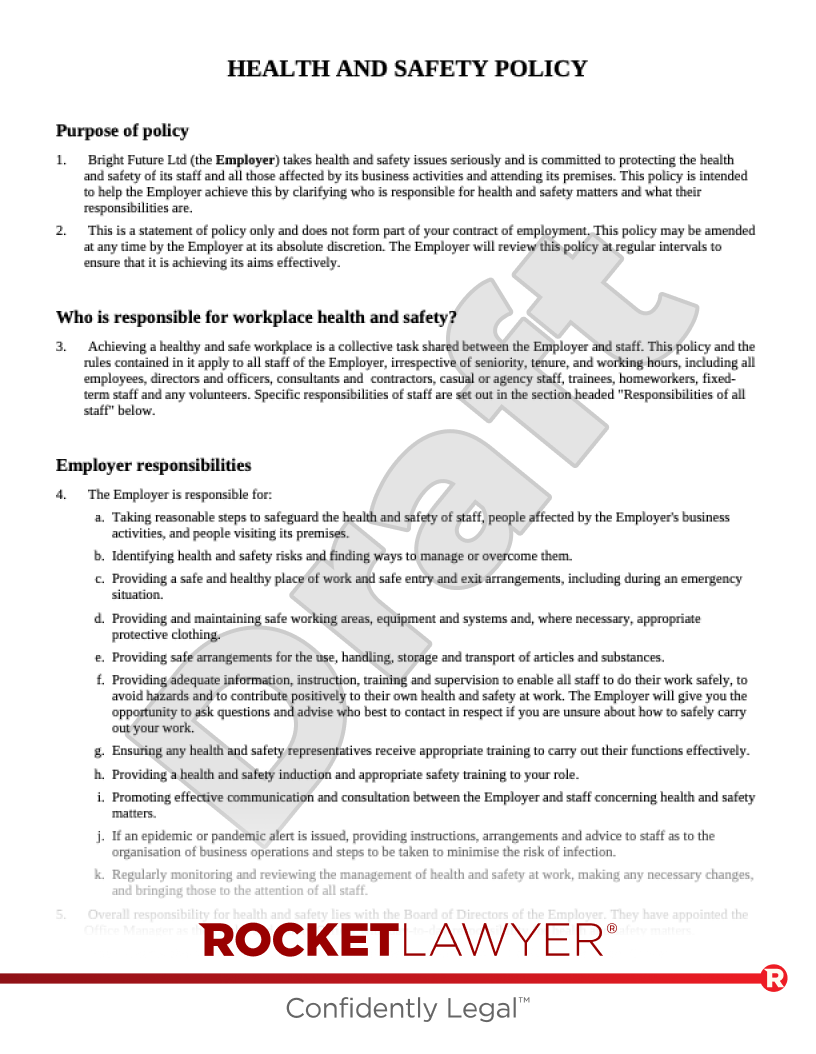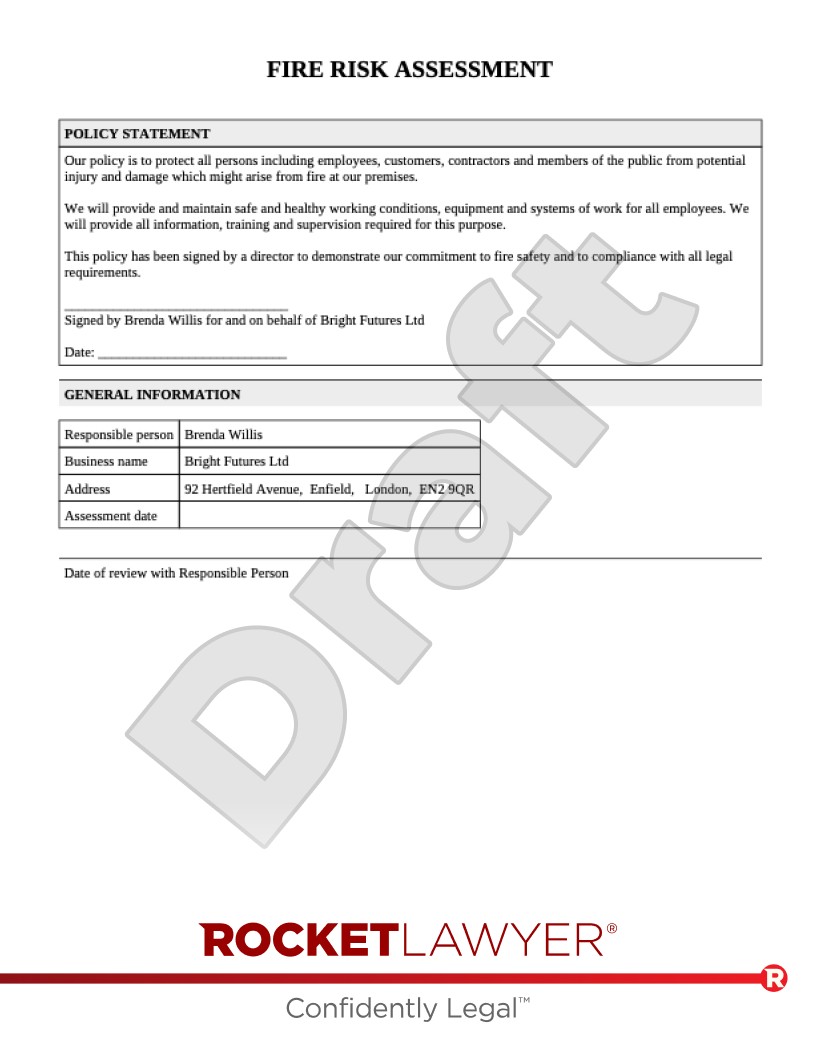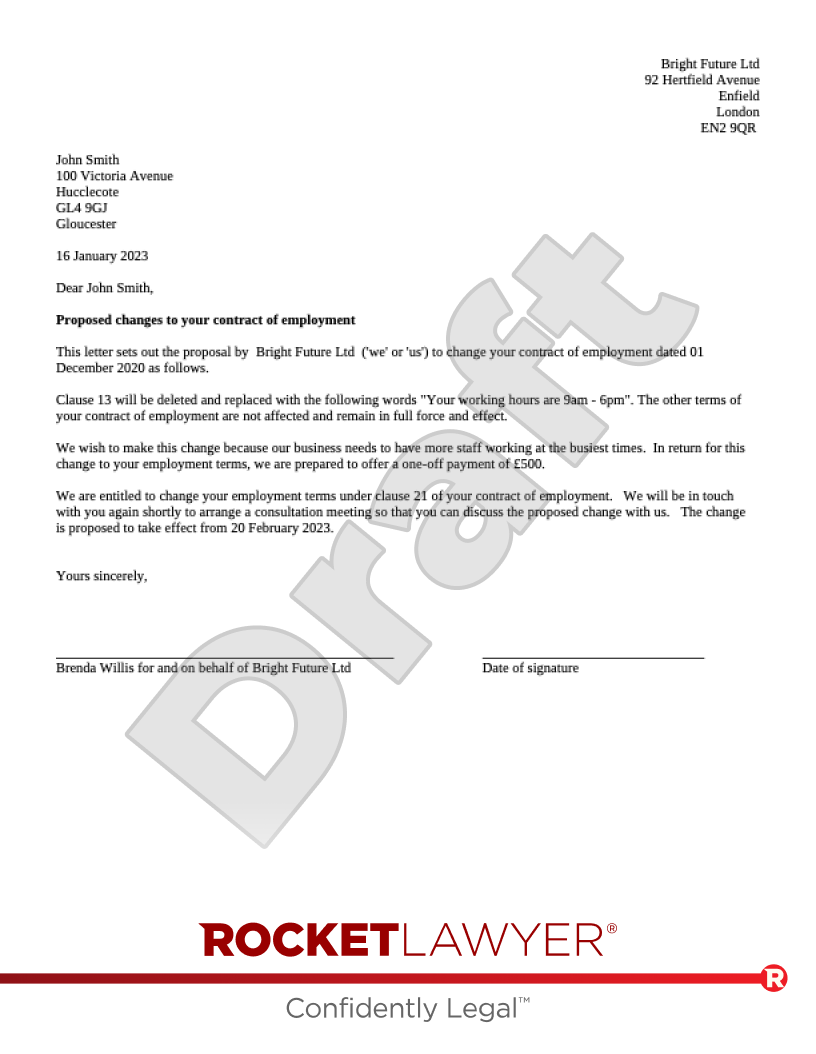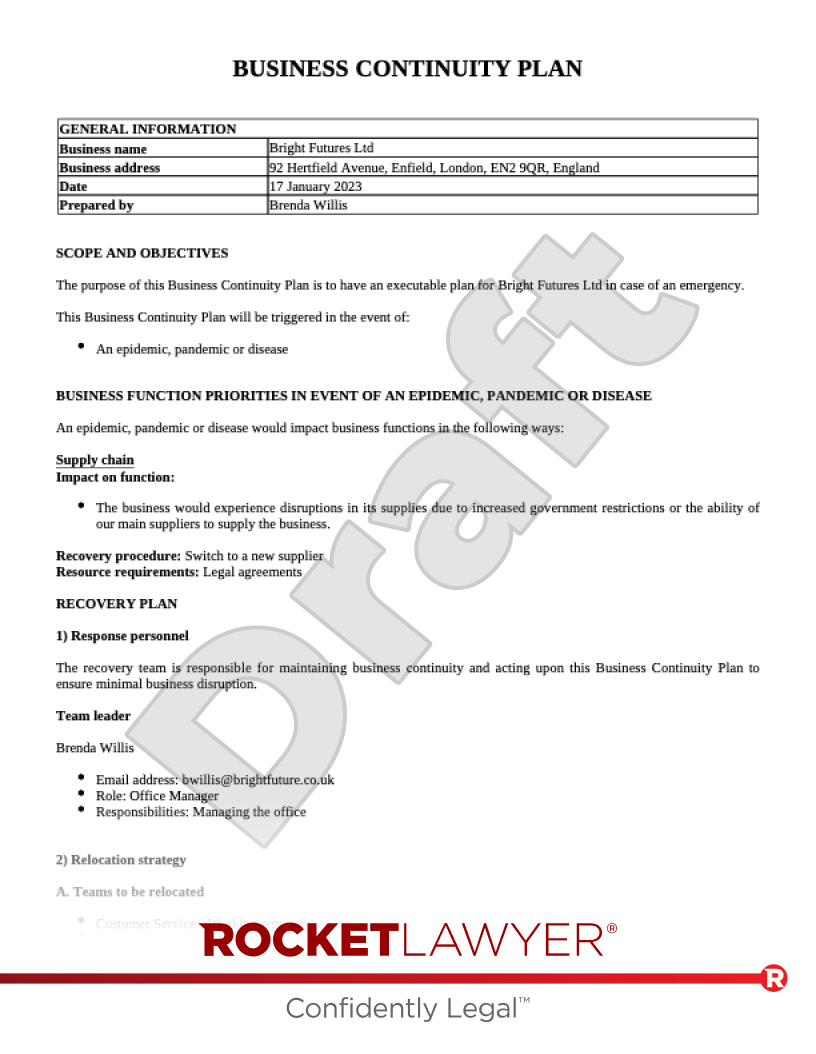Make Your Document In 3 Easy Steps:
Build your document
Answer a few questions to customise your document in minutes


Save now, finish later
Start now and save your progress, finish on any device

RocketSign® & use
Securely sign online and invite others to sign

